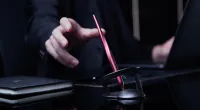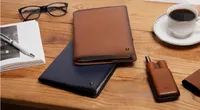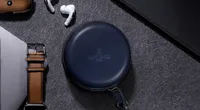The only ghost we’d like to care about is Casper but unfortunately, most fountain pen owners have to contend with another, less welcome phenomenon. Writers, those who use fountain pens in particular, have experienced some form of ghosting, feathering or bleeding, even if they haven’t heard these terms before.
Fountain pens have legions of fans across the globe because they deliver a writing experience that is both pleasurable and deeply personal. This class of pens offers a wide range of nib options and is sensitive to every subtle nuance of your style – from the pressure you exert, to the angle at which you hold the pen. The richness of the experience owes much to the free-flowing nature and vivid colours of fountain pen inks. Every flourish in your writing is made more beautiful by the ink that saturates the page, but if you use the wrong type of paper, you will find the ink soaks through to the other side or even on to the next page (ink bleeding/bleedthrough), the ink spreads making your strokes look blurry (feathering) or that the words are visible on the other side of the page (ghosting).
Wet, slow-drying inks and juicy nibs tend to produce these effects more commonly than their drier counterparts. However, even the wettest ink and the juiciest nib should cause no problems when you use the right kind of paper.
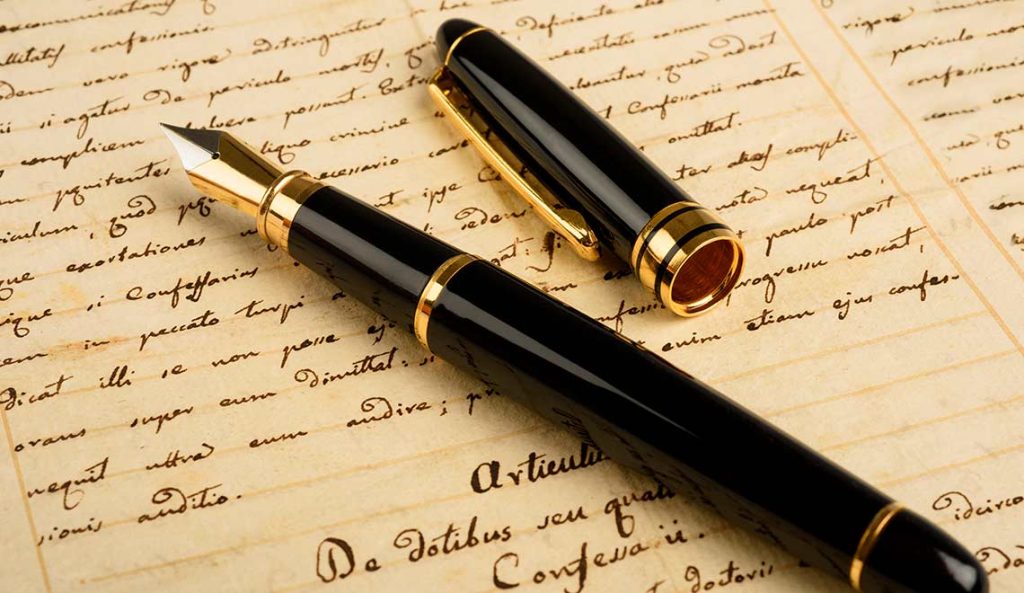
If the nib of your pen keeps picking up fibres from the paper, you run the risk of clogging or damaging it, which is why the quality of paper you use is important. Fountain pen paper is of a higher quality than normal paper. The paper should be smooth enough to showcase the fluidity of the free flowing ink but not so smooth that the paper becomes too slippery to capture the strokes effectively.
Japan’s Tomoe River Paper and European labels Clairefontaine and Rhodia are some of the best known and best brands of fountain pen-friendly paper. These sheets and notebooks tend to be more expensive than regular paper but Pennline’s new fountain pen-friendly Quikfill journal is a very reasonably priced option you should consider. The pages are made with natural shade, 100 gsm paper and they offer a good amount of feedback when you write. The compact, good quality notebook journal can be used as part of the Quikrite system or can be carried independently. Leuchtturm1917 is another popular brand that offers notebooks known for their ink proof paper. If however, your heart is set on Tomoe River Paper, then an Endless Recorder is the notebook for you.
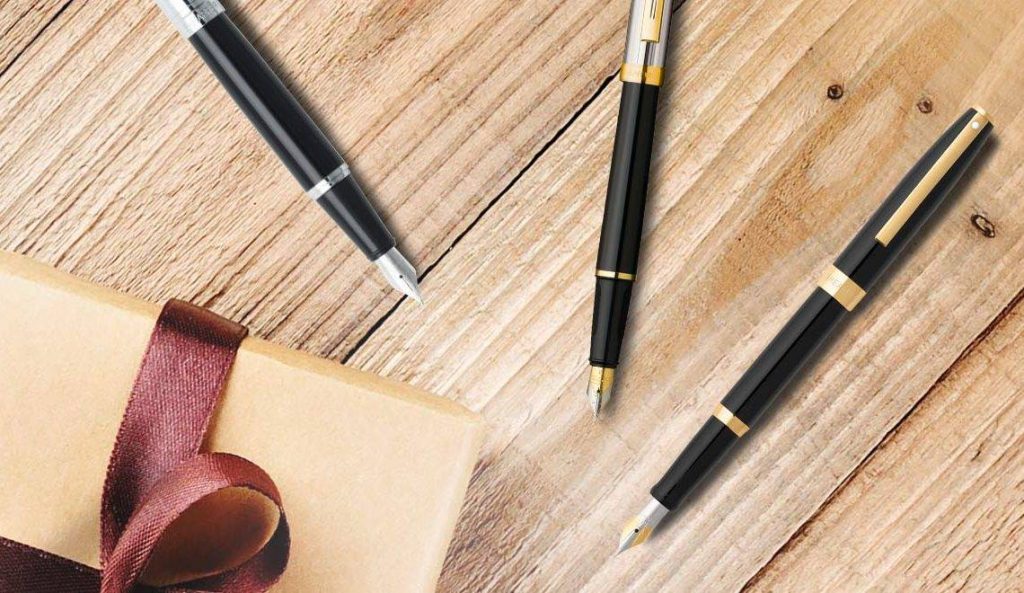
Writing with a fountain pen involves some amount of trial and error and every writer must ultimately find his or her own perfect combination of pen, ink and paper. But hey, everything worth doing requires time, effort and perseverance.
Wondering what’s so special about fountain pens? Watch this video to learn more.


